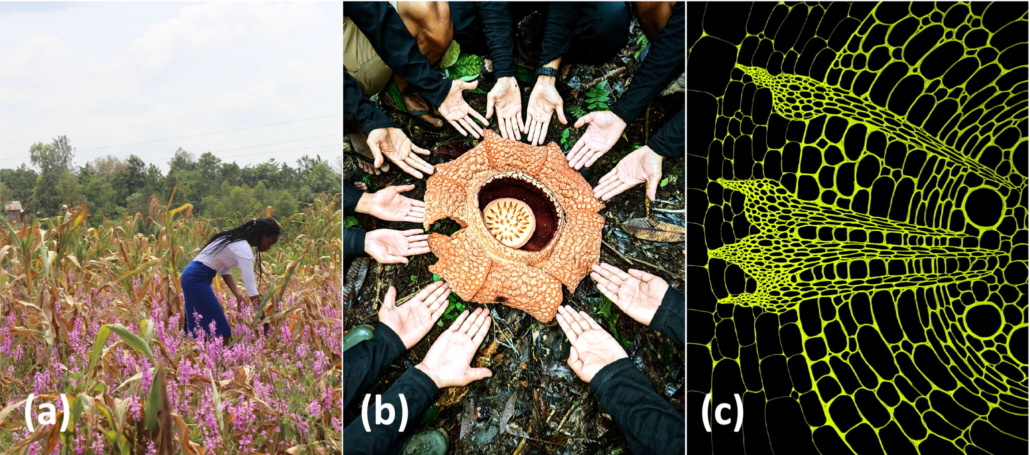
Special issue: Parasitic plants
Plant Science Research Weekly
Special issue: Parasitic plants
Runo, Wicke, and Thorogood have edited a special issue of Plants, People, Planet on the topic of parasitic plants. (Note - the Special Issue will be launched on February 19, but the articles are already online in Early View). It’s nice to see a collection…
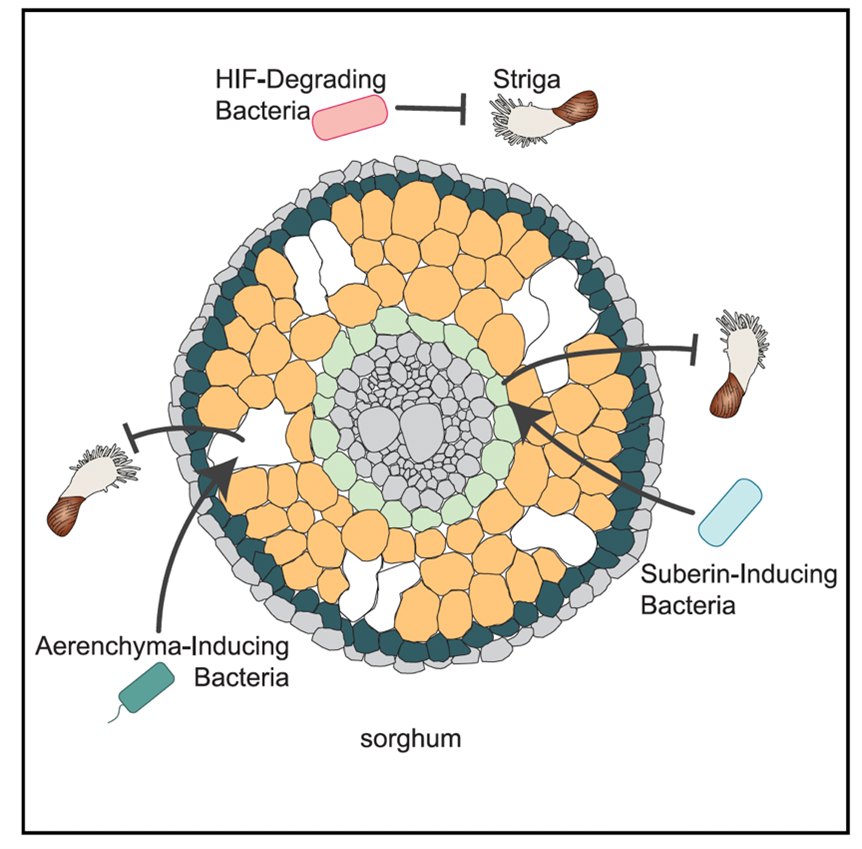
Harnessing the potential of soil microbial allies to combat Striga infection in sorghum roots
Plant Science Research WeeklyMicrobial neighbors of plants in the soil comprise of a vast array of bacteria and fungi, collectively known as the microbiome. This soil microbial community forms close associations with plants and regulates plant growth and development by inducing changes in the plant and soil metabolites. In this…

Many modes of Striga resistance in sorghum
Plant Science Research WeeklyWitchweeds (Striga spp.) are parasitic plants. Like other weeds, they compete with food crops, but they do so very efficiently by penetrating host tissues and forming vascular connections. Through this effective extraction of nutrients and photosynthate from their hosts, Striga can literally wipe out…
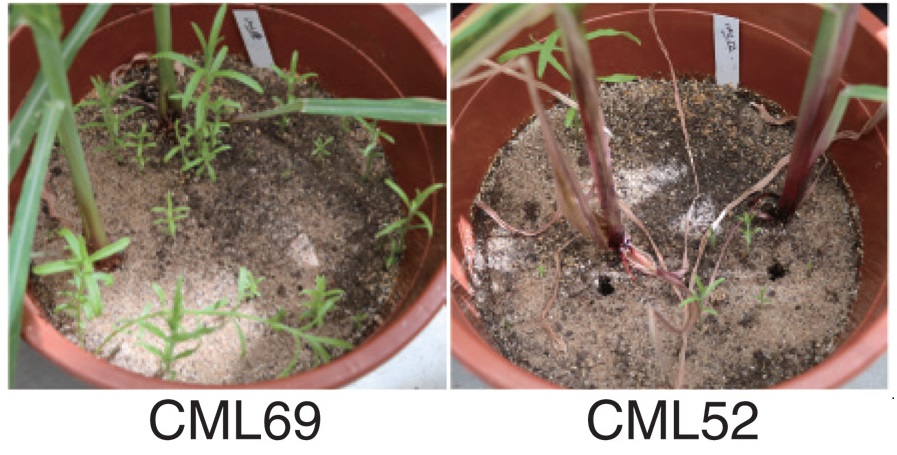
Weeding the witchweed by changing strigolactone biosynthesis in maize
Plant Science Research WeeklyStriga, commonly known as witchweed, compromises the yield of maize (Zea mays) especially in Africa. The seeds of Striga species remain dormant in the soil and are stimulated to germinate by a class of hormones called strigolactones (SL) exuded by the maize roots. Strigolactones are plant hormones with…
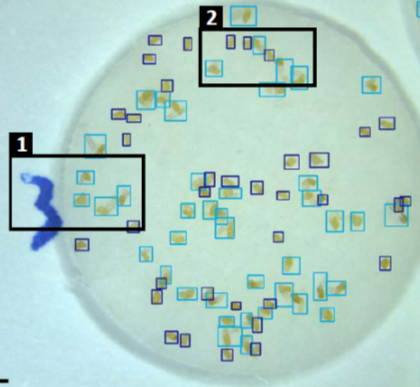
SeedQuant: A deep learning-based tool for assessing stimulant and inhibitor activity on root parasitic seeds (Plant Physiol.)
Plant Science Research WeeklyParasitic plants can completely wipe out a farmer’s harvest. The seeds can lie dormant in soil until they perceive signals from potential host plants, which stimulate germination. Therefore, germination stimulants applied to fields before the crops are planted can cause the parasitic seeds to germinate…

Three-dimensional reconstructions of haustoria in two parasitic plant species in the Orobanchaceae (Plant Physiol)
Plant Science Research WeeklyParasitic plants form haustoria, which are specialized multicellular structures that penetrate into their host’s vasculature and act as conduits for nutrients. The molecular and genetic contributors to haustorium development and function are well described. Here, Masumoto et al. have provided new…
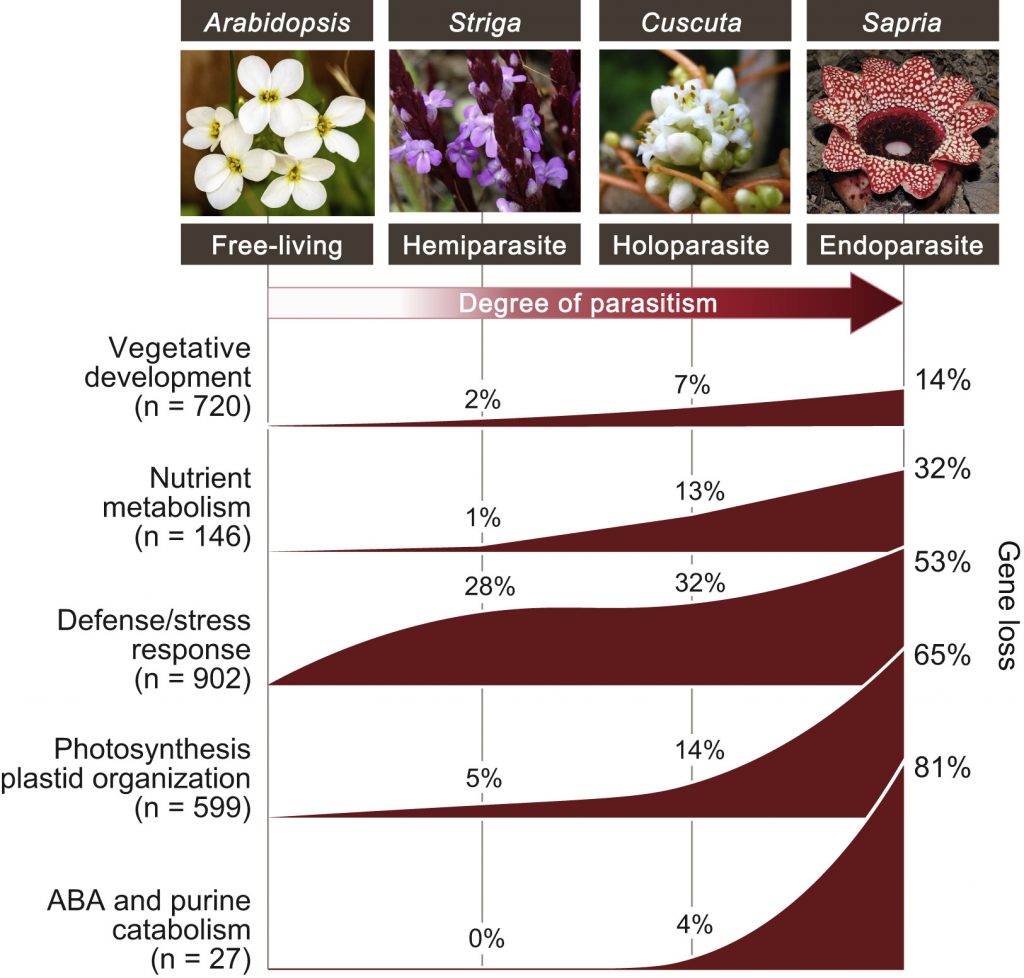
Deeply altered genome architecture in the endoparasitic flowering plant Sapria himalayana Griff. (Curr. Biol.)
Plant Science Research WeeklyIt’s one of those plants that gets noticed, so we’re excited to see the press associated with the genome sequence of the large endoparasitic plant Sapria himalayana. Everyone has seen pictures of this plant, which lives entirely underground except when it produces its large (20 cm diameter) blood…

Ethylene signaling mediates host invasion by parasitic plants (Science Advances)
Plant Science Research WeeklyParasitic plants cause agricultural devastation across the globe, yet the molecular basis of their parasitism is largely enigmatic. They grapple and intrude into the host roots with an organ called the haustorium. Haustoria formation is induced upon recognition of host-derived haustorium-inducing factors…

